by Michael Haskew
When Kaiser Wilhelm II acceded to the throne of the German Empire in 1888, the young nation was already an economic and military force with which to be reckoned on the European continent. During the previous three decades, Otto von Bismarck, first as Prime Minister of Prussia and then Chancellor of Germany, had presided over the unification of the country, the successful prosecution of multiple wars, and the establishment of a colonial empire, particularly on the continent of Africa.
[text_ad]
Bismarck had also later worked to maintain an uneasy peace among the major European powers, negotiating settlements that avoided wars between Germany’s neighbors while protecting his nation’s own interests. In 1873, Bismarck spearheaded the formation of the League of Three Emperors with Austria-Hungary and Italy primarily for the purpose of isolating France, which remained hostile and might seek vengeance after its decisive defeat by the Prussians in the Franco-Prussian War of 1870-71. Although the League survived until 1890, Russia and Austria-Hungary were distrustful of one another as opportunities for expansion in the Balkans developed with the decline of the Ottoman Empire. At the same time, Russia became wary of the growing possibility of German hegemony in Europe and sought closer ties with France, which shared similar concerns.
Forming the Alliance
In May 1882, Germany, Austria-Hungary, and Italy successfully concluded the Triple Alliance, which provided assurances between the nations in the event that one of them was attacked. However, there were some elements of the agreement that left room for clandestine dealings. On the face of it, the alliance purported that Germany and Austria-Hungary would assist Italy if that country were attacked by France without having provoked a French military move. Italy would side with Germany in the event that France opened hostilities against that country, and if Austria-Hungary went to war with Russia, Italy pledged to remain neutral. Five years later the Triple Alliance was renewed with the conclusion of additional assurances between the nations.
While young Wilhelm II had benefited directly from Bismarck’s efforts, he dismissed the “Iron Chancellor” in 1890, determined to pursue a more aggressive imperial posture. The Kaiser asserted that Germany would have its “place in the sun.” Bismarck died in 1898, amid the Kaiser’s overt efforts to build a German Navy that rivaled the supremacy of the British Royal Navy and establish German economic, industrial, and military domination in Europe.
A Flurry of Negotiations & Counter-Agreements
Although the Triple Alliance ostensibly represented a powerful coalition in Central Europe, five months after the agreement was renewed in November 1902, Italy successfully negotiated an understanding with France that each country would remain neutral if the other were attacked. The Triple Alliance was again renewed in 1907 and 1912, countering the Triple Entente between France, Great Britain, and Russia, each of which feared the growing might of the German nation and its obvious desire for territorial expansion.
The foremost of the flurry of agreements, treaties, and secret protocols that emerged among the major European powers prior to World War I, the Triple Alliance and Triple Entente significantly influenced the march toward global war in 1914. The Triple Alliance survived until the outbreak of the Great War, when Italy declined to enter the conflict on the side of Germany and Austria-Hungary.
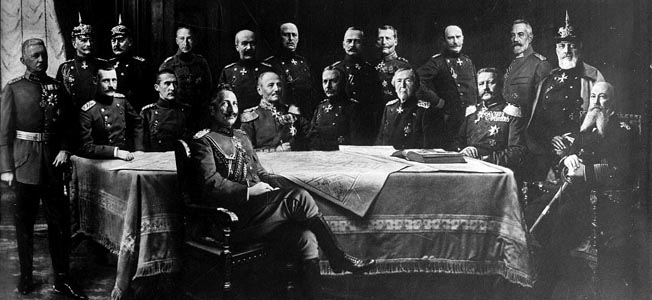
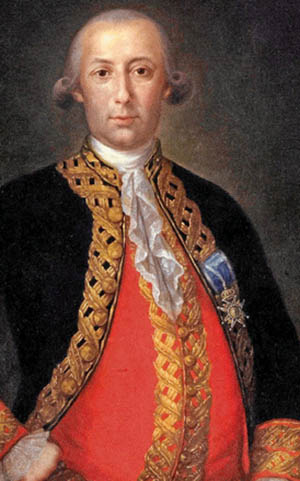

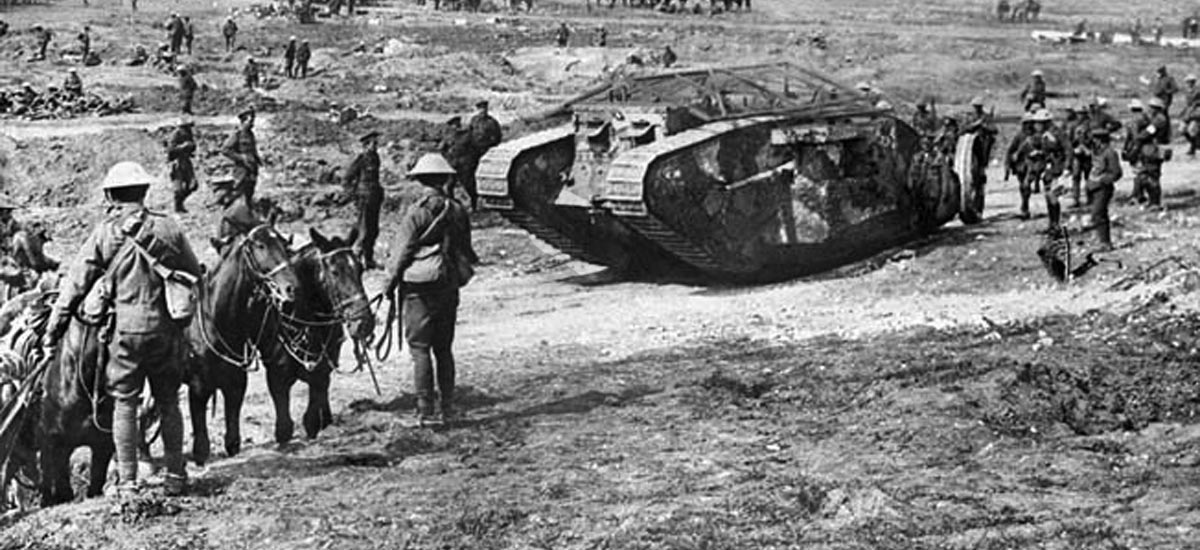

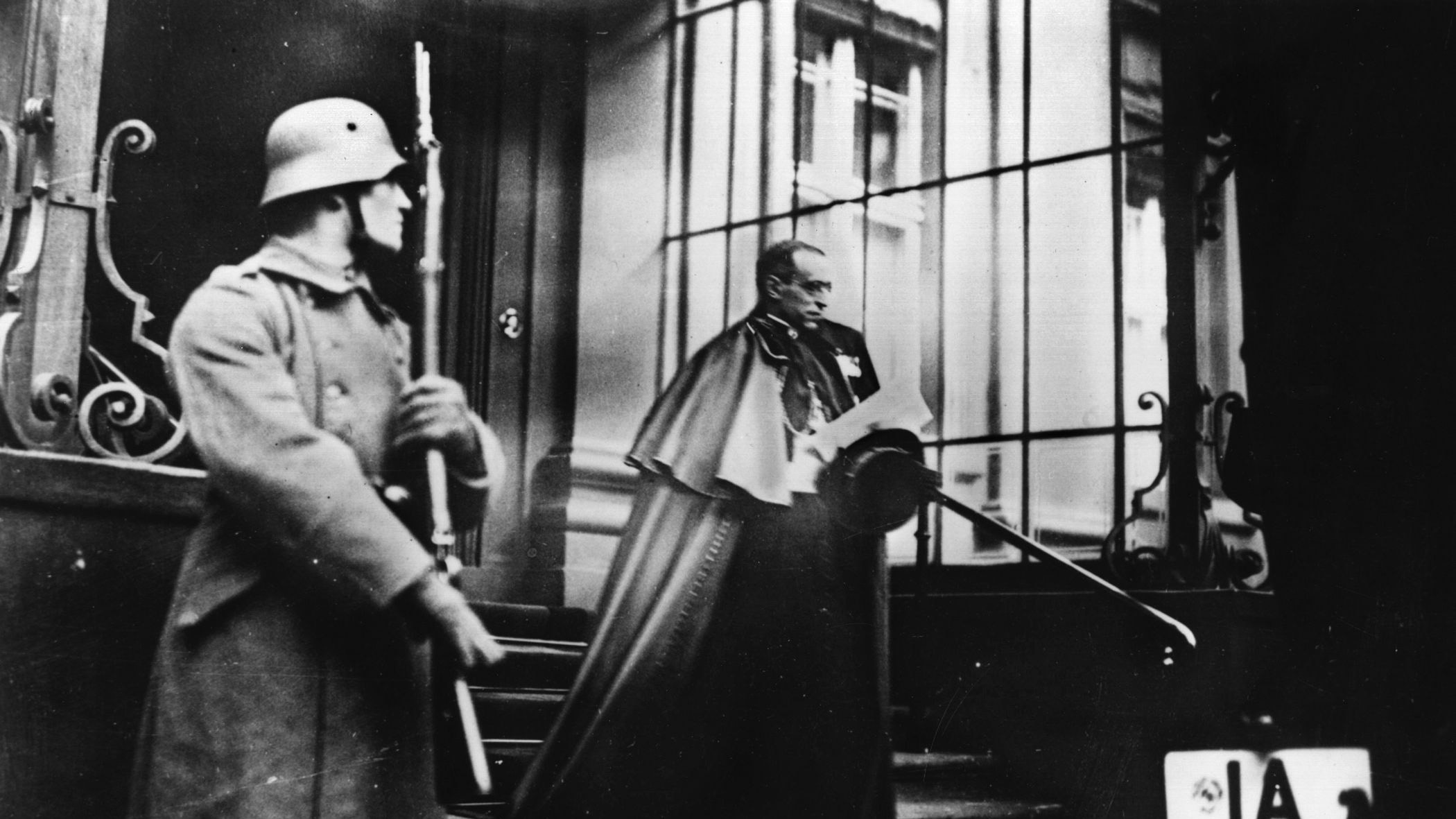


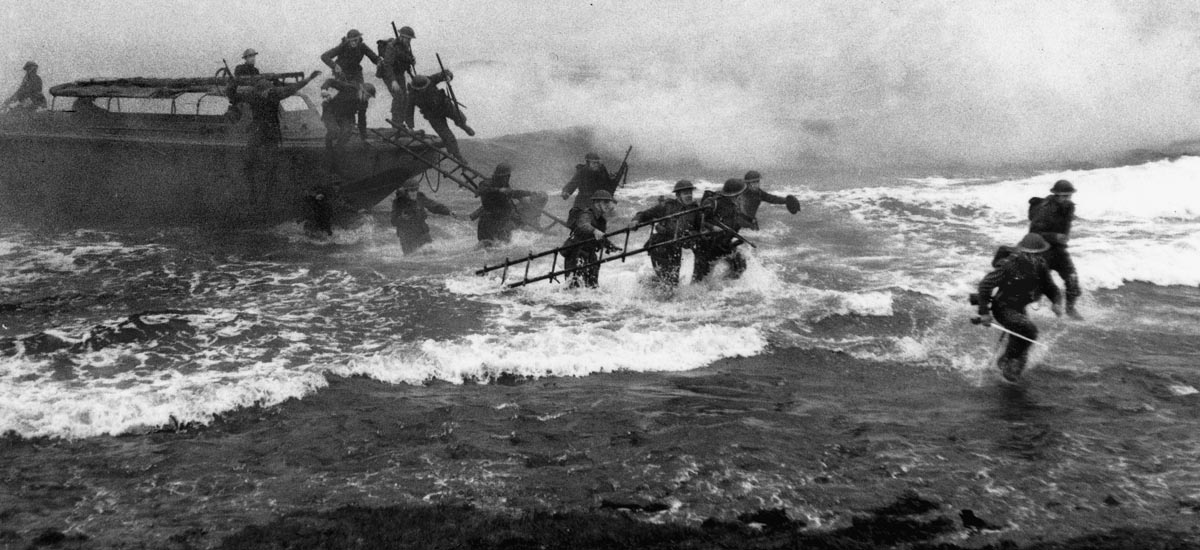
Join The Conversation
Comments
View All Comments